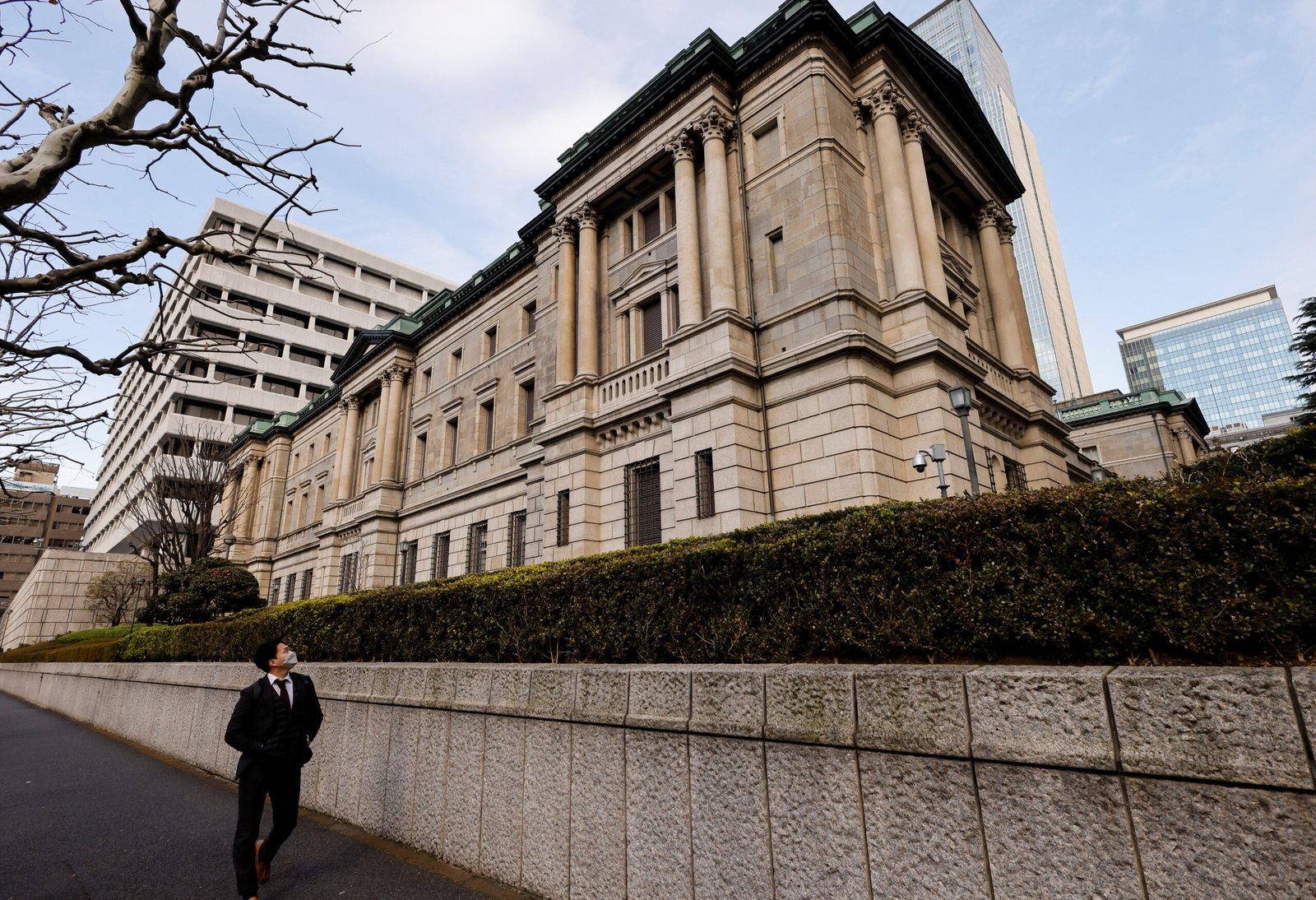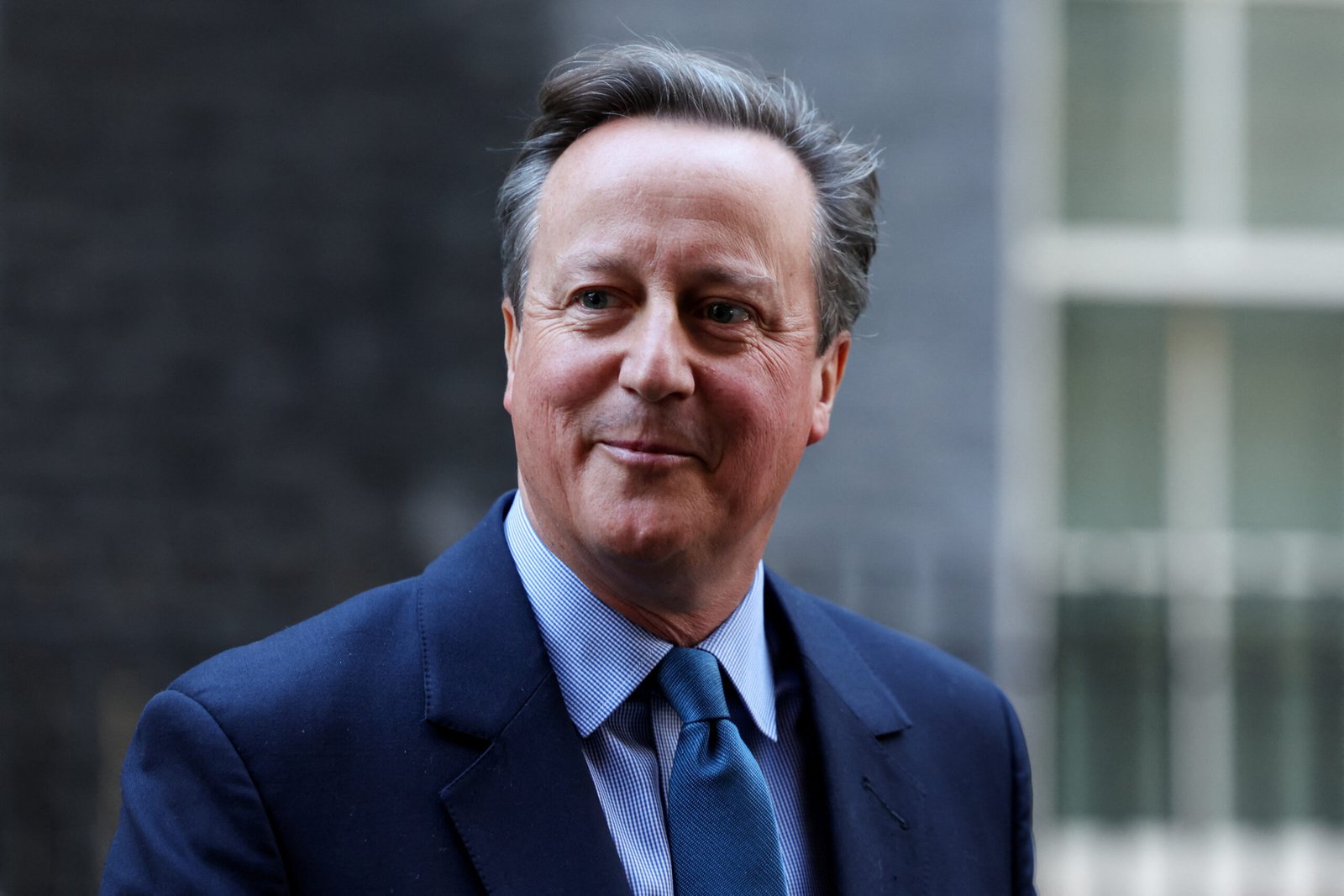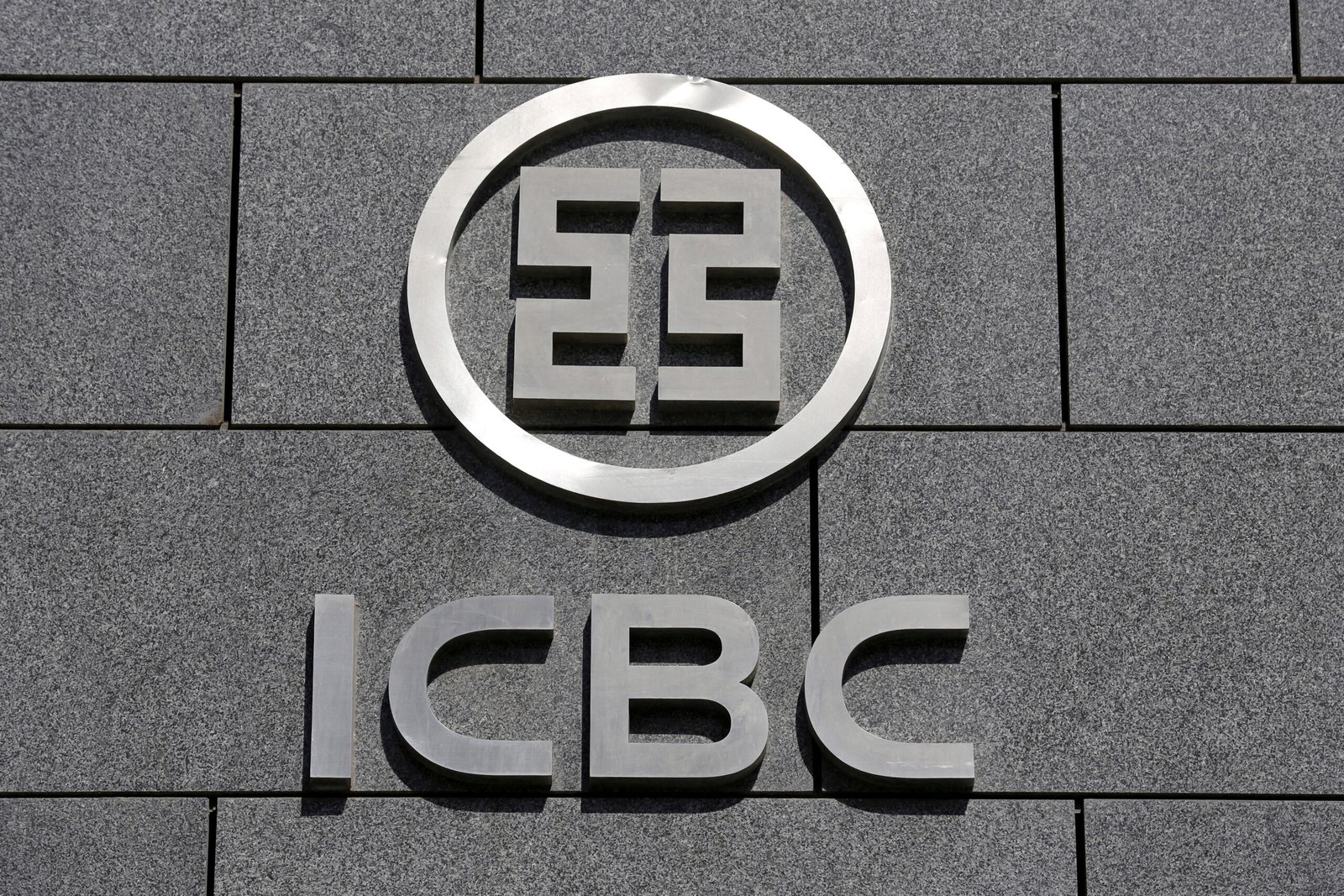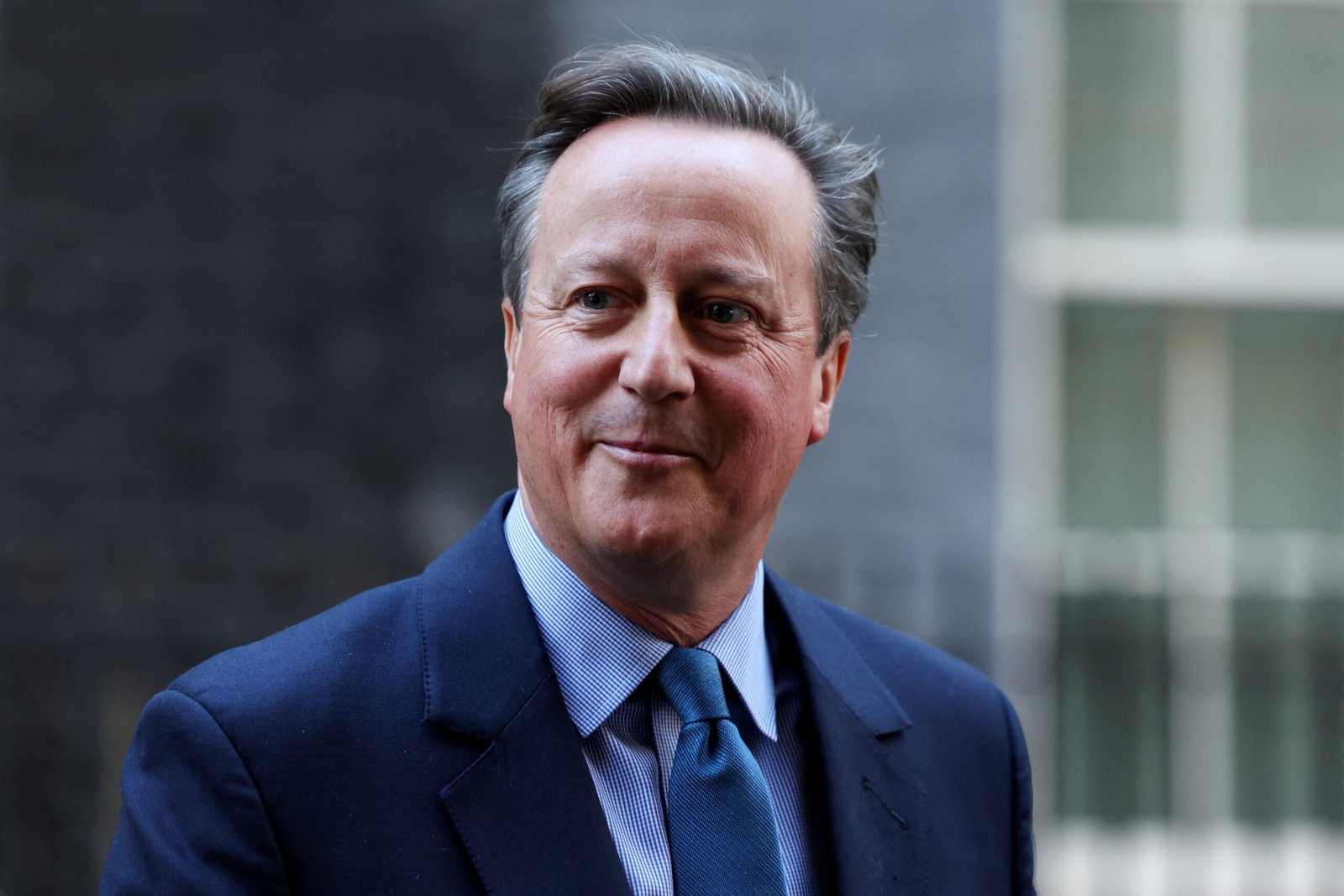The Bank of Japan (BOJ) has made adjustments to its yield curve control policy, signaling a shift away from years of massive monetary stimulus. While maintaining ultra-low interest rates, the BOJ has introduced greater flexibility to its bond yield curve control scheme (YCC) in order to respond more effectively to potential risks, such as rising price pressures. This move is seen as a step towards aligning with other major central banks, although BOJ Governor Kazuo Ueda denies that it signifies policy normalization.
Unlike other major central banks that have been raising interest rates to combat inflation, the BOJ has kept rates unchanged, causing turbulence in foreign exchange markets. However, Ueda stated that the BOJ may further adjust its policy if there is a higher likelihood of achieving its 2% inflation target sustainably. Some market participants view this as a significant step towards eventually discontinuing the YCC policy.
During its two-day policy meeting, the BOJ maintained its short-term interest rate target at -0.1% and the 10-year government bond yield target around 0%. However, it changed the guidance for the yield band, stating that it would now be a reference rather than a rigid limit. Additionally, the BOJ increased the fixed-rate operations for 10-year Japanese government bonds, allowing the yield to rise up to 1.0%.
The announcement of these adjustments surprised investors who were accustomed to the BOJ’s previous stance. As a result, Japan’s benchmark bond yield reached a nine-year high, and the yen strengthened. Banking stocks also surged due to expectations of increased lending profitability resulting from a steeper yield curve. This move by the BOJ could have implications for global money flows and asset prices, as the cheap yen has been a significant source of capital market funding.
While the BOJ did not change the cap on the yield, it indicated a willingness to adjust the YCC target in the future if conditions are supportive. BOJ Governor Ueda emphasized that the purpose of allowing the 10-year yield to rise to 1.0% is to prevent distortions in bond prices and volatility in the exchange-rate market. He stated that this adjustment is a pre-emptive measure against the risks of inflation overshooting, which could complicate future monetary policy.
One board member dissented from the BOJ’s decision, believing that while greater flexibility in YCC is desirable, the timing was premature. Japan has been an outlier among global central banks, maintaining loose monetary policy while other major economies have raised interest rates to combat inflation. The BOJ’s slight shift comes after similar moves by its U.S. and European counterparts, which could lead to further yen depreciation and increased import costs.
The BOJ revised its assessment of the economy, stating that it is “recovering moderately” despite global headwinds. It also raised its core consumer inflation forecast for this year. Ueda explained that the decision to allow more flexibility in bond yields was driven by an overshoot in inflation caused by price and wage hikes. The BOJ acknowledged that there are upside risks to inflation and stated that it will respond appropriately if inflation exceeds expectations.
The BOJ’s decision to act now is aimed at preventing future volatility caused by higher-than-expected inflation. Since introducing its yield control scheme in 2016, the BOJ has faced little difficulty in controlling bond yields due to low inflation. However, last year’s surge in commodity prices pushed inflation above the 2% target and led to attacks on the yield cap. To avoid a repeat of the bond market turbulence, the BOJ widened the yield band and now allows the 10-year yield to rise by up to 0.5%.
In conclusion, the BOJ’s adjustments to its yield curve control policy reflect a gradual shift away from massive monetary stimulus. While maintaining support for the economy, the BOJ aims to respond more effectively to potential risks. This move is seen as a step towards aligning with other major central banks, although the BOJ denies that it signifies policy normalization.
























